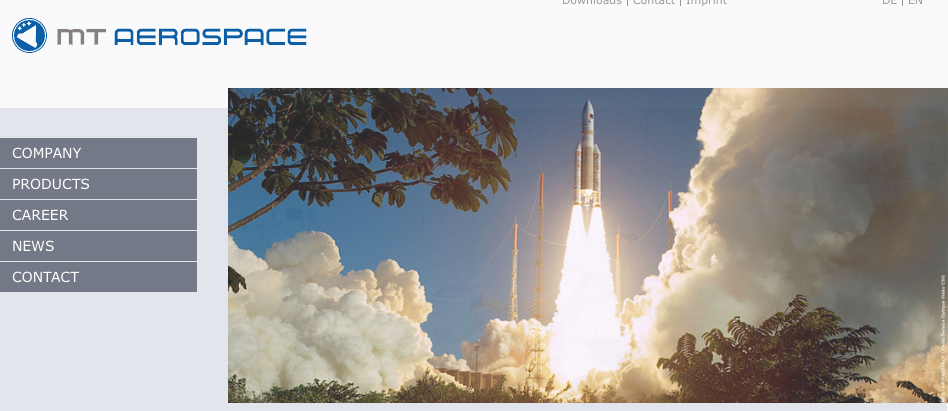[SatNews] The European Space Agency’s Intermediate eXperimental Vehicle (IXV) last Wednesday successfully performed a precisely executed re-entry test flight and splashdown in the Pacific Ocean.

“With this IXV flight, Europe has looked into the future and demonstrated that the European Space Agency is right at the leading edge of re-entry technology. We are proud and happy that MT Aerospace was able to make an essential contribution to this success,” said Hans J. Steininger, CEO of MT Aerospace AG.
The German aerospace company MT Aerospace developed and qualified IXV’s body flaps, the vehicle’s only aerodynamic means of control during the re-entry flight from velocities of Mach 25 down to parachute deployment. The body flaps are made of an innovative ceramic matrix composite material and had to withstand temperatures of up to 1,900 degrees C and aerodynamic loads corresponding to 1.5 tonnes.
As development partner to the prime contractor Thales Alenia Space Italia, Turin, MT Aerospace was responsible for the thermal-mechanical design, development and qualification of the moveable flap system, using a light-weight yet extremely temperature resistant composite material which is patented by MT Aerospace.
“MT Aerospace again showed its expertise in the design, development and manufacture of such a key structural subsystem. The body flap is one of the hottest parts of the vehicle and controls all of the aerodynamic manoeuvres during re-entry. It performed flawlessly,” said Giorgio Tumino, Head of the IXV Programme at the European Space Agency.
The successful test flight is an important step towards re-usable launch vehicles. Whether stages of the new ARIANE 6 are to be further developed to return to the launch site will be investigated in the coming years.
The IXV, approximately five metres long and two tonnes in weight, was launched from the spaceport in Kourou, in French Guiana on top of a VEGA launcher on Feb 11. At an altitude of around 450 kilometres its descent began, during which it gathered key data on the re-entry and the precision landing in the Pacific Ocean after 100 minutes in flight.

